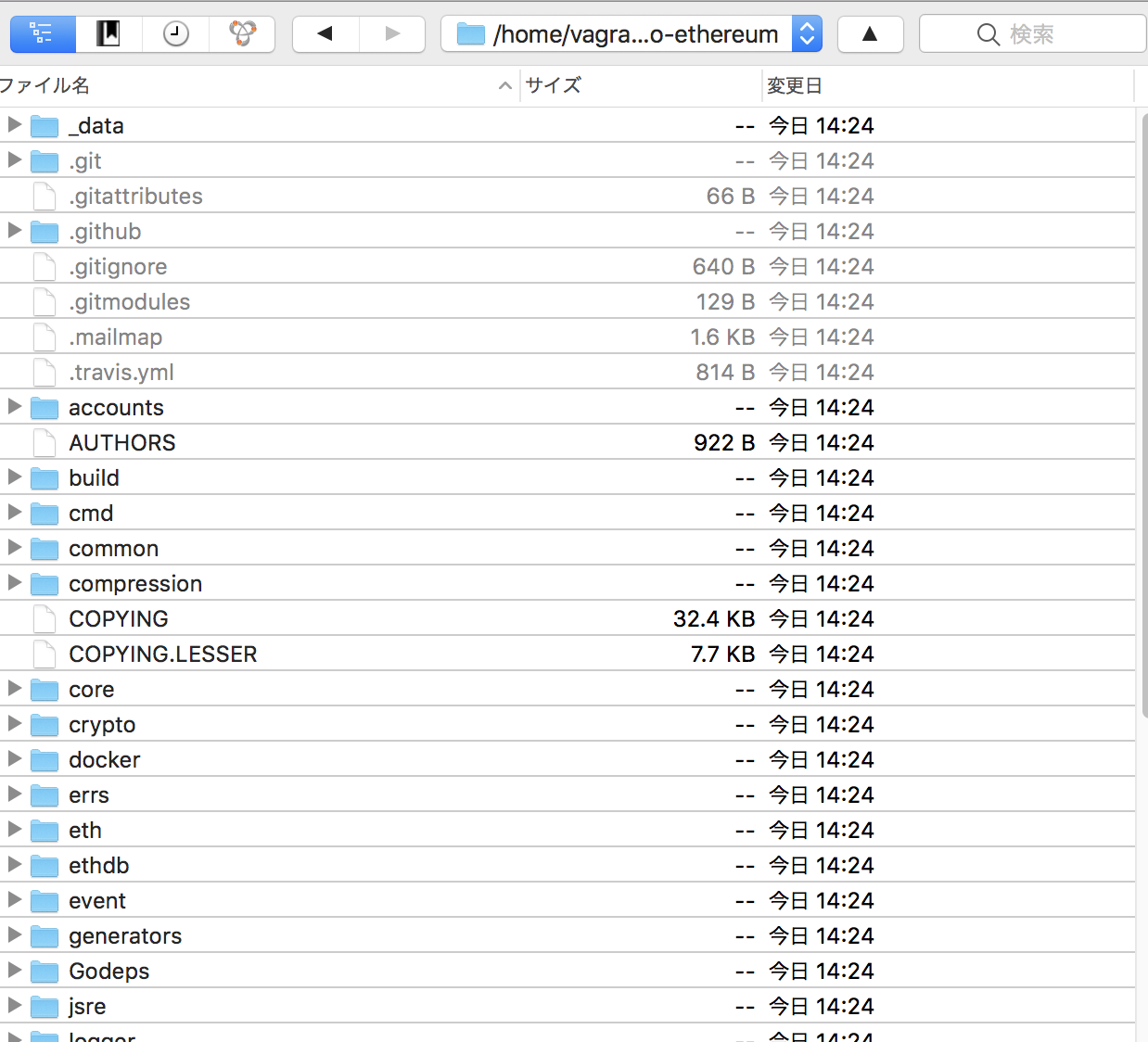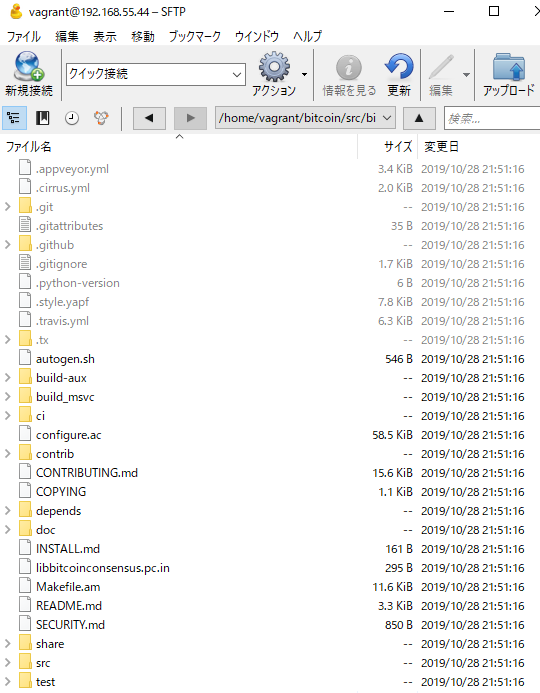Bitcoin Core: C++
L https://github.com/bitcoin/bitcoin
NBitcoin: C# .netプラットフォーム
L https://github.com/MetacoSA/NBitcoin
bitcoinj: Java ビットコインプロトコルを扱うライブラリ
L https://github.com/bitcoinj/bitcoinj
BitcoinJS: Javascript
L https://github.com/bitcoinjs/bitcoinjs-lib
btcd: Go 代替フルノードビットコインの実装
L https://github.com/btcsuite/btcd
bitcoin-ruby: Ruby
L https://github.com/lian/bitcoin-ruby
python-bitcoinlib: python
L https://github.com/petertodd/python-bitcoinlib
パッケージファイルからbitcoinをインストールします
vagrant@vagrant-ubuntu-trusty-64:~/bitcoin$ sudo apt-add-repository ppa:bitcoin/bitcoin
vagrant@vagrant-ubuntu-trusty-64:~/bitcoin$ sudo apt-get update
vagrant@vagrant-ubuntu-trusty-64:~/bitcoin$ sudo apt-get install bitcoind bitcoin-qt
vagrant@vagrant-ubuntu-trusty-64:~/bitcoin$ bitcoind -daemon
Bitcoin server starting
vagrant@vagrant-ubuntu-trusty-64:~/bitcoin$ bitcoin-cli getinfo
error code: -32601
error message:
getinfo
This call was removed in version 0.16.0. Use the appropriate fields from:
– getblockchaininfo: blocks, difficulty, chain
– getnetworkinfo: version, protocolversion, timeoffset, connections, proxy, relayfee, warnings
– getwalletinfo: balance, keypoololdest, keypoolsize, paytxfee, unlocked_until, walletversion
bitcoin-cli has the option -getinfo to collect and format these in the old format.
なに??
vagrant@vagrant-ubuntu-trusty-64:~/bitcoin$ bitcoin-cli getblockchaininfo
{
“chain”: “main”,
“blocks”: 35694,
“headers”: 601708,
“bestblockhash”: “000000009062077e217f362f93fda8db55cf0e35eb972356deef5717e2ae4347”,
“difficulty”: 1.305062131591525,
“mediantime”: 1264099851,
“verificationprogress”: 8.429550730434574e-05,
“initialblockdownload”: true,
“chainwork”: “00000000000000000000000000000000000000000000000000008e9262c37e60”,
“size_on_disk”: 9994385,
“pruned”: false,
“softforks”: [
{
“id”: “bip34”,
“version”: 2,
“reject”: {
“status”: false
}
},
{
“id”: “bip66”,
“version”: 3,
“reject”: {
“status”: false
}
},
{
“id”: “bip65”,
“version”: 4,
“reject”: {
“status”: false
}
}
],
“bip9_softforks”: {
“csv”: {
“status”: “defined”,
“startTime”: 1462060800,
“timeout”: 1493596800,
“since”: 0
},
“segwit”: {
“status”: “defined”,
“startTime”: 1479168000,
“timeout”: 1510704000,
“since”: 0
}
},
“warnings”: “”
}


